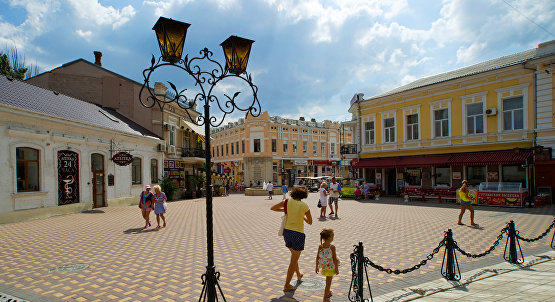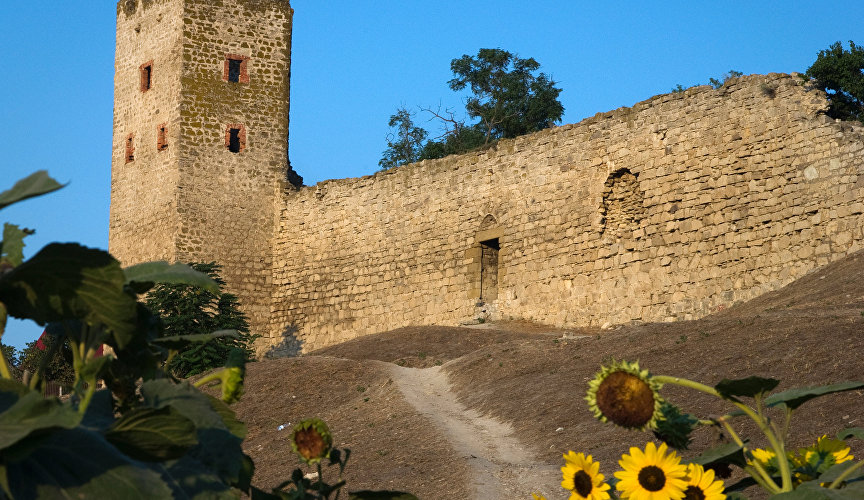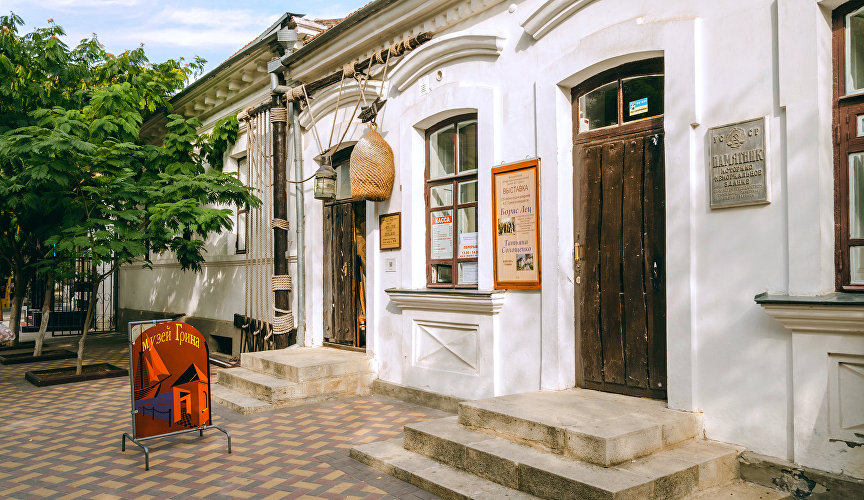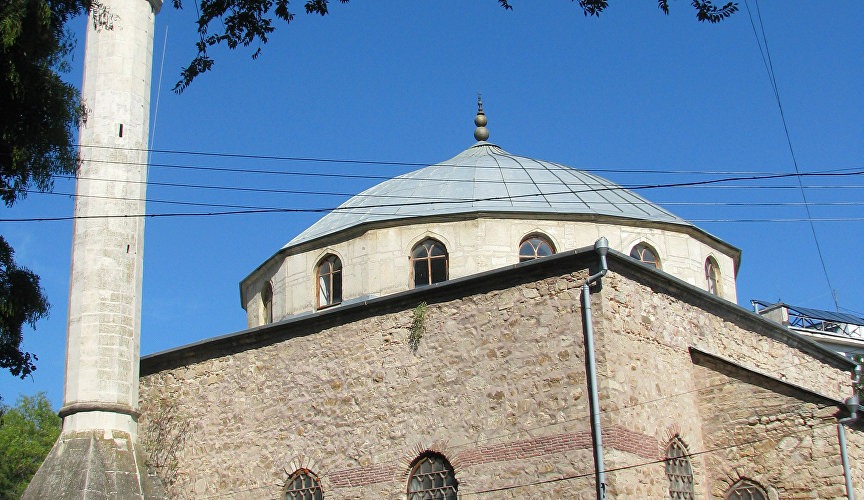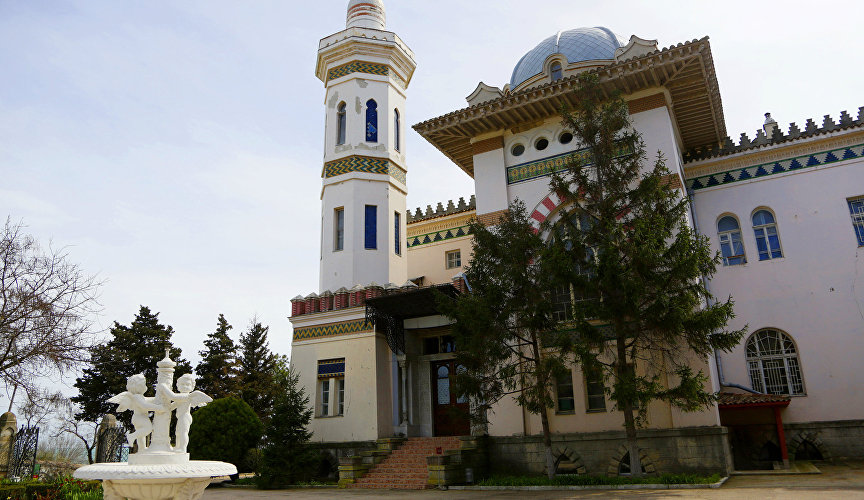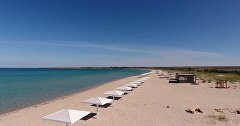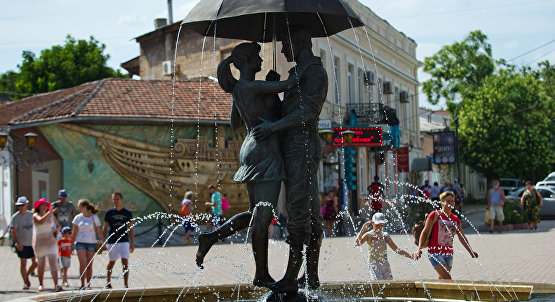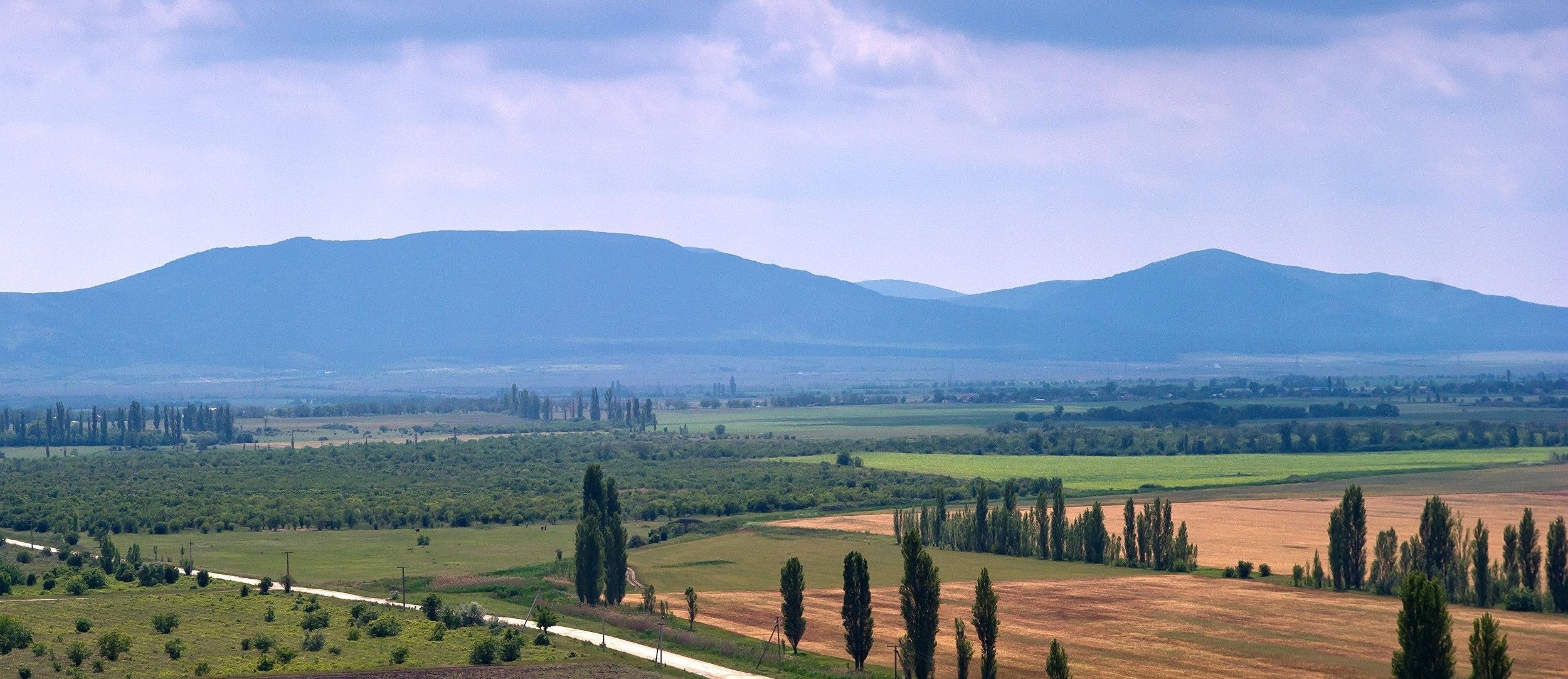Feodosia, an ancient port and a famous resort city, is located on the southeastern coast of the Black Sea. In 2015, the city received the status of the City of Military Glory. Feodosia is the hometown of a prominent Russian seascape artist, Ivan Aivazovsky.
Feodosia was founded by Greek colonists in the 6th century BC, and was later part of the Bosporan Kingdom and the Byzantine Empire. In the 13th century the city was conquered by the Golden Horde, and later belonged to the Republic of Genoa and then to the Ottoman Empire. The latter turned a large Genoese port into a huge slave market. It was here that Anastasia, better known as Roxelana, the future wife of the Ottoman sultan Suleiman the Magnificent, was sold into slavery and departed for Turkey.
When Crimea became part of the Russian Empire, Feodosia was in its twilight days. Soon it became a free port. In 1817, Ivan Aivazovsky was born in Feodosia. He was not only a prominent artist, but also one of the creators of the current look of the city. At his initiative the construction of a railway, as well as a concert hall and an art gallery began there. He led the excavation of the nearby hills, handed over a well that belonged to his family to the community and financed the building of a fountain.
Feodosia suffered a great deal during the Great Patriotic War; about 8,000 of its residents were killed during the occupation.
In Soviet times, Feodosia developed as an industrial centre and a health resort. It has some industry, including an optical plant and a shipyard, and many health resorts.
Feodosia (Greek Θεοδοσία - "given by god"). In the Middle Ages the city was renamed Kafa (Turkish Kefe and Crimean Tatar Kefe, Italian Caffa).
Feodosia has a subtropical steppe climate. But unlike Yalta, it can get cold here, and there is snow during harsh winters. Winters are usually warm and summers are hot and dry. The average temperature in the summer is between 23˚C and 26˚C and in the winter between 3˚C and 6˚C.
The average water temperature is around 17˚C in May, 26˚C in August and 17˚C in October.
Feodosia is one of the oldest cities in the world, dating back 2,500 years.
- One of the most famous landmarks is the old Genoese Fortress, built in the 14th century on an area of 70 hectares. Towers and walls is all that remained of the once rich citadel. A monument to traveller Afanasy Nikitin, who visited this place, and several old churches are located nearby.
- The Aivazovsky Art Gallery has a collection of his works; there is also the artist's grave and a fountain that carries his name.
- The Alexander Grin House Museum is in Feodosia, as well as a small museum in Stary Krym, where the writer spent his last days.
- The Vera Mukhina Museum is devoted to the sculptor who created the famous Worker and Collective Farm Woman monument and the table faceted glass. She grew up in Feodosia.
- The Mufti-Jami Mosque and the Ozbek Han Mosque in Stary Krym both were built during the Ottoman times. The Armenian Surp Khach Monastery in the forests near Stary Krym dates back to the Middle Ages. There are also other religious landmarks: the Church of Our Lady of Iveron icon and the Church of Our Lady of Kazan Icon; the Armenian churches of St Sarkis, St Stephen, St George and St John the Apostle.
- Joseph Stamboli's Dacha, a building in the Moorish style, was built in the beginning of the 20th century by a local merchant.
1/6
Genoese Fortress in Feodosia
RIA Novosti, Sergey Malgavko
2/6
The Aivazovsky Art Gallery
RIA Novosti, Sergey Malgavko
3/6
The Alexander Grin Literature and Memorial Museum in Feodosia
CC BY-SA 4.0, Skif-Kerch
4/6
The Vera Mukhina Museum
CC BY-SA 3.0, Ihorpa
5/6
Mufti Jami Mosque
CC BY-SA 3.0, Sepuka
6/6
Stamboli mansion
RIA Novosti, Maks Vetrov
Hide descriptionShow description
Hide descriptionShow description
Feodosia has plenty of hotels and health resorts. There are four-star hotels in the city centre. The nearby town of Primorskoye has hotels located near a wide sand beach.
Feodosia has 15 kilometres of beaches, including pebble, sand and mixed sand and pebble beaches. Almost all large beaches have bathrooms and changing rooms, as well as entertainment and beach item rentals.
Feodosia is located 120 km from the Crimean Bridge (1.5 hour drive).
It takes two hours to get there from Simferopol (115 km). Buses depart from the airport and from the railway station. Feodosia is connected by bus routes with other Crimean cities, as well as Gelendzhik, Derbent, Krasnodar, Pyatigorsk and Rostov-on-Don on the continent.
There are commuter trains from Feodosia to Kerch, Armyansk and Dzhankoy. When the railway section of the Crimean Bridge opens, trains will travel from Russia's mainland cities.
Around the clock hotline of Ministry for Health Resorts and Tourism of the Republic of Crimea: +7(800)5118018
Local Administration hotline: +7(36562)35766
Official site of administration: https://feo.rk.gov.ru
Telephone code: 36562
Bus station: +7(36562)71052
Railway station: +7(36562)21153


